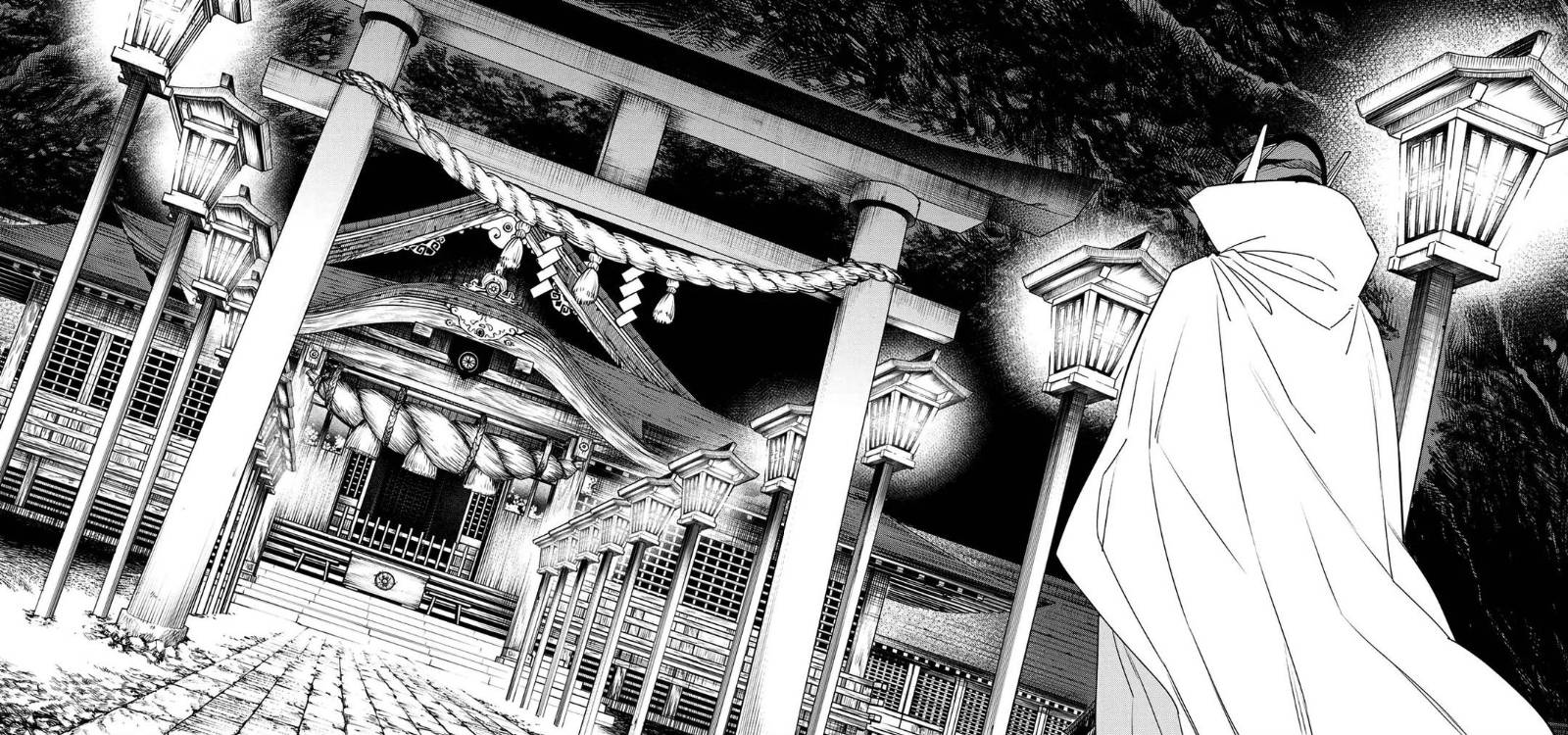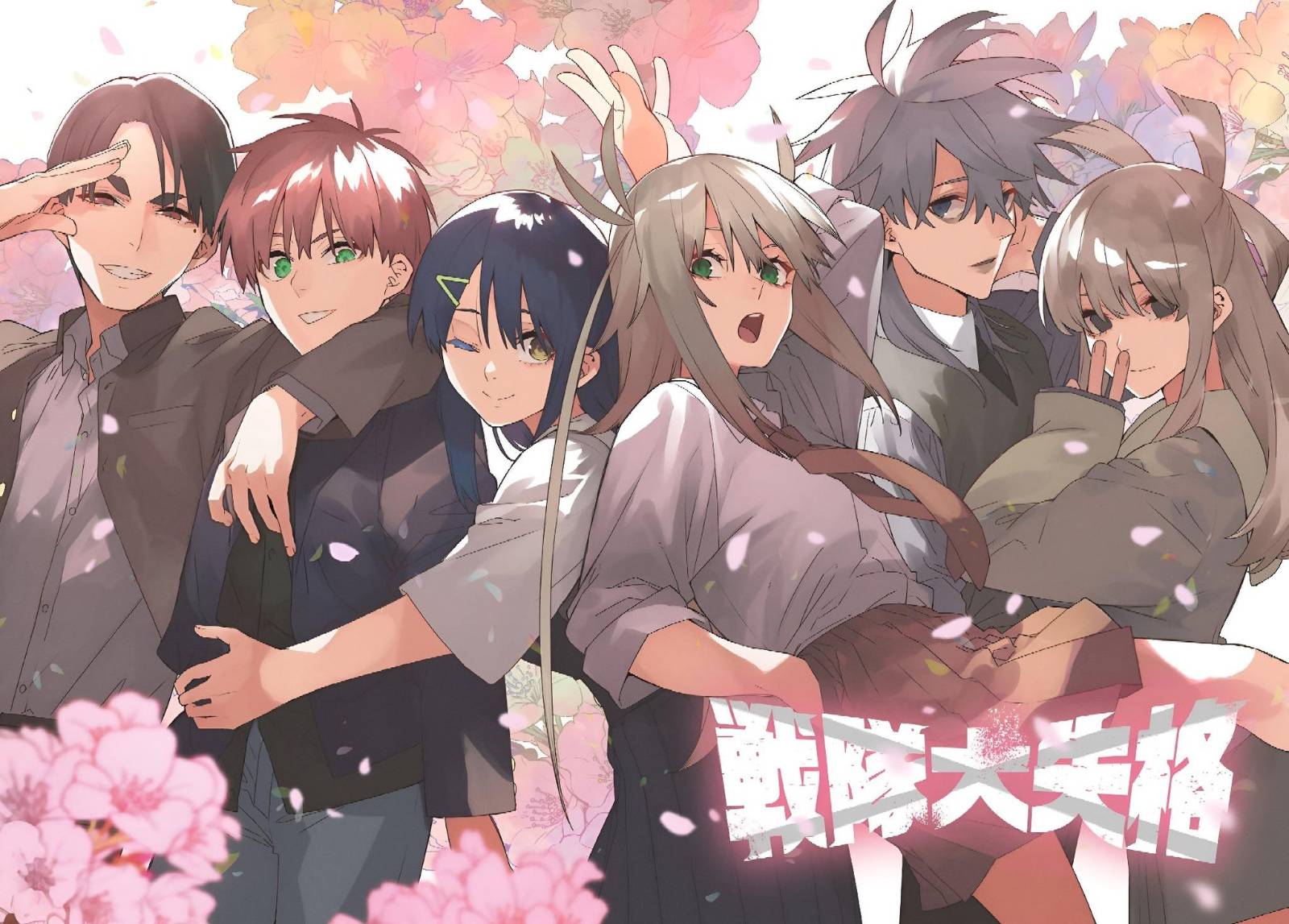Let’s get one thing straight at ComicK, we’ve read our fair share of cape-and-spandex drama. So when a series like Sentai Daishikkaku comes along, daring to rip off the glittery mask of heroism and shove the truth in your face, we pay attention.
This isn’t your typical “good versus evil” spectacle. It’s a ruthless, clever, and oddly emotional dissection of what happens when the world keeps pretending a war is still going long after the real enemy is gone. Intrigued? You should be.
ComicK Pulls Back the Curtain on Heroism’s Greatest Lie
At ComicK, we’re not easily impressed by just another flashy transformation sequence or color-coded squad of do-gooders. But Sentai Daishikkaku (aka Go Go Loser Ranger) doesn’t aim to impress it aims to dismantle everything you thought you knew about heroes.
This manga flips the script on the Super Sentai formula and asks: What if the real monsters were the ones wearing the masks? What if evil was the only honest thing left? The result is a twisted, bold, and darkly funny saga that doesn’t just parody the genre it interrogates it.

The Sunday Showdown That Should’ve Ended Thirteen Years Ago
In this world, the Divine Dragon Rangers keep up their weekly battles against evil for the cameras, but the real war ended long ago. The villains? Defeated. The remaining monsters?
Immortal, harmless, and forced into performing like clowns in a show they can never escape. One of them, known only as D, decides he’s had enough. Enough humiliation. Enough pretending. Using his shapeshifting powers, he infiltrates the Rangers’ candidate program not to destroy from the outside, but to rot it from within.
More Than Capes and Colors: A Genre Deconstruction
Where most stories would stop at satire, Sentai Daishikkaku digs deeper. The Rangers aren’t the noble defenders they appear to be. They’re corporate tools, ego-driven tyrants hiding behind glittery heroism.
The monsters? Pawns in a propaganda machine. D’s journey isn’t just about rebellion it’s about reclaiming dignity in a world that treats villainy as spectacle. It’s rare to see a story that so effectively turns the lens back on the audience and asks: why do we cheer for cruelty, as long as it’s color-coded?
Allies, Traitors, and the Blurred Lines Between Them
D’s infiltration brings him into contact with characters just as twisted, lost, or disillusioned as he is. Hibiki Sakurama, the rage-fueled outcast who shares D’s thirst for revolution. Yumeko Suzukiri, the calculating strategist who sees D not as a monster, but as a necessary weapon. Even Hibiki’s sister one of the elite Rangers adds layers to the moral murk. No one is entirely trustworthy. No one is innocent. And that’s exactly what makes the story so thrilling.
High Stakes, Relentless Pacing, and Emotional Punches
This isn’t your standard arc-based storytelling. Events bleed into one another, building a constant tension that never resets. Volume three throws D into a team test that feels more like a mind game than a training session.
There’s always another layer, another betrayal, another monster in disguise sometimes literally. The action scenes are kinetic and brutal, but it’s the quiet moments of internal doubt, manipulation, and moral compromise that hit hardest. You don’t flip the next page because of the explosions. You flip it because you need to know who will break next.

A Visual Style That Moves Like It Thinks
The art in Sentai Daishikkaku doesn’t just support the story it drives it. Whether it’s the sharp lines during combat or the subtle shifts in expression during whispered conversations, everything feels purposeful. Even in black and white, the panel work conveys motion with clarity and intensity. The cast is huge, but distinct character designs and strong silhouettes make it easy to follow, even when the masks come off figuratively or literally.
Final Verdict: A Subversive Punch to the Face of the Superhero Status Quo
Sentai Daishikkaku is not a story for those who want clean morality or predictable heroes. It’s for readers who crave chaos with purpose. Who want their villains to be right for the wrong reasons and their heroes to be wrong for all the right ones. With eleven volumes already available in English and a second season of the anime on the way in 2025, now is the perfect time to dive in.
At ComicK, we don’t just recommend this series we challenge you to read it. To see past the spandex. To question who really benefits from the fight. And maybe, just maybe, to cheer for the monster in disguise.
